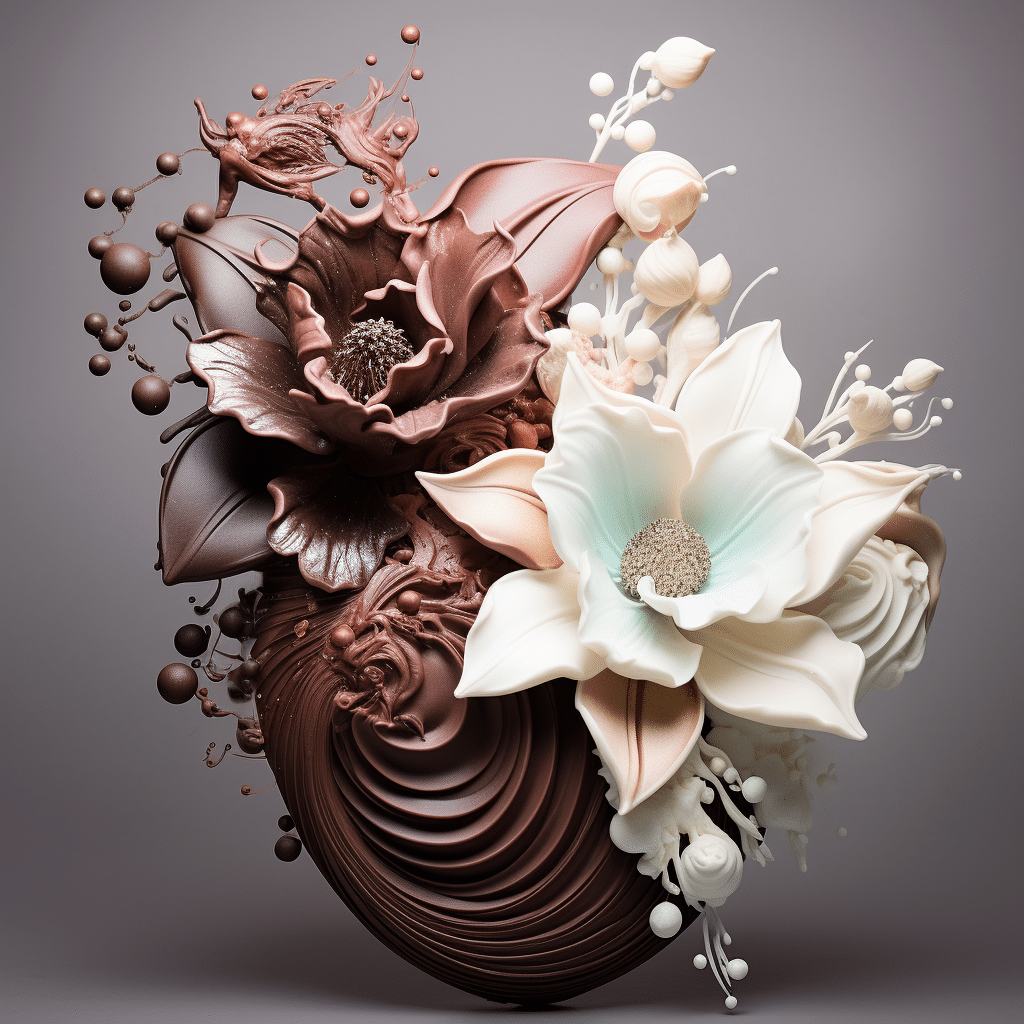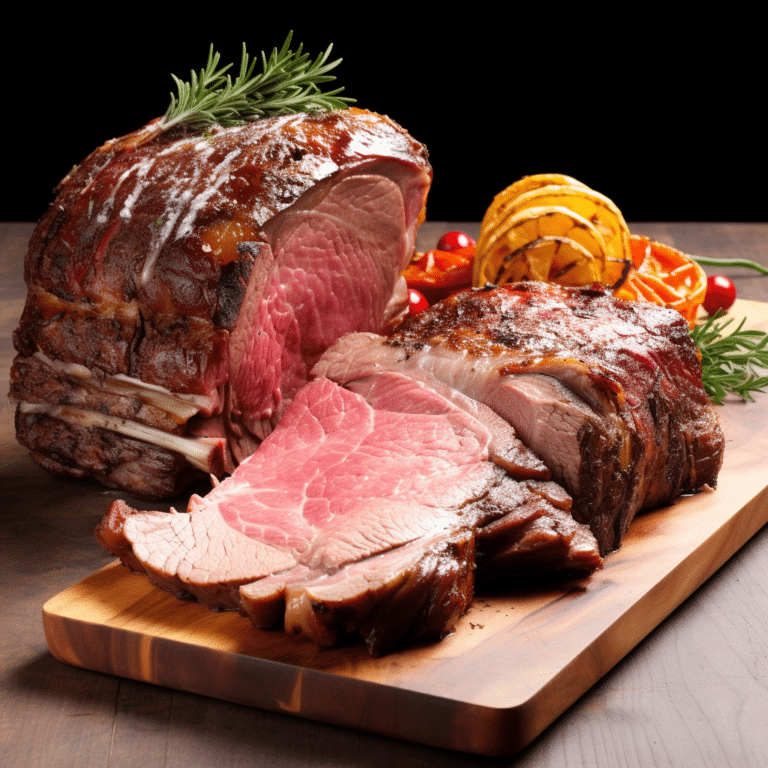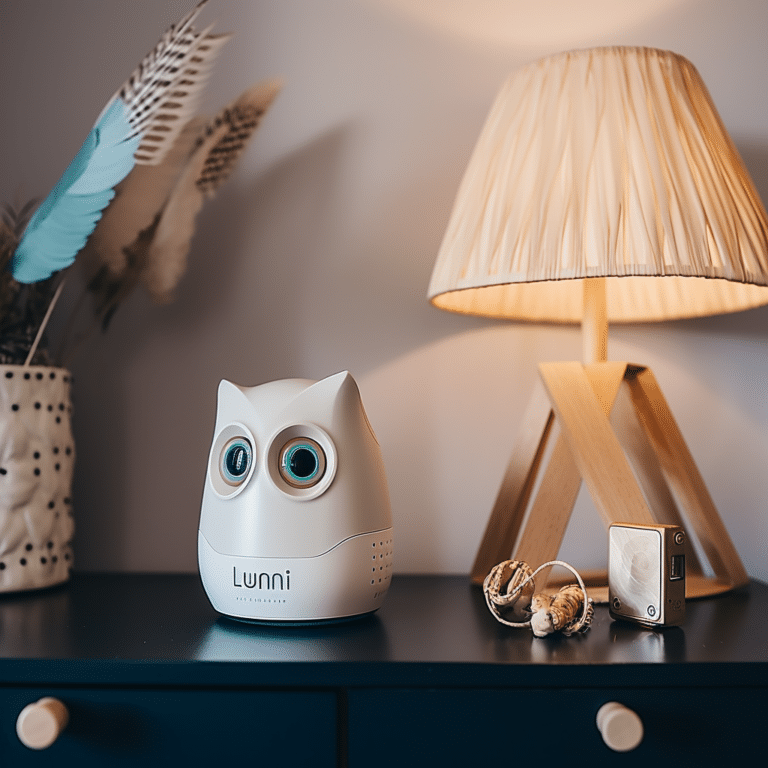Chocolate Bloom vs Mold: Understanding the Differences
Many people confuse chocolate bloom with mold. The two are often confused because they look similar and involve a substance growing on your chocolates. However, some differences differentiate the two.
Basically, when chocolate gets old or has been left too long in an environment lacking proper temperature control, various microorganisms will start to grow on it, forming a coating. In most cases, chocolates develop blooms. It hardly develops molds, despite being viable.
This article will help you with an overview of chocolate bloom vs. mold to better understand what mold is really about.
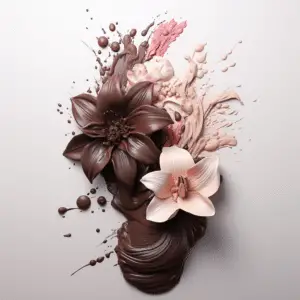
Chocolate Bloom Vs Mold: Overview
What is Chocolate Bloom?
Chocolate bloom is a coating of a thin layer of sugar on the surface of your chocolate. It forms on the surface of chocolate after it has been stored and is exposed to moisture.The sugar in chocolate is a complex mixture of hundreds of different sugars, including glucose, fructose, and sucrose. Several acids and proteins bind together these sugars.
So when the chocolate cools down and sets, the proteins and acids that hold the sugar molecules are released as the moisture evaporates.
Typically, blooming occurs when there is a significant increase in relative humidity (RH) while a sample is exposed to air at room temperature (about 20°C). It often happens when samples are exposed to air for several days or weeks before being packaged or shipped.
The presence of moisture can cause the crystallization or precipitation of sugar and ultimately. Lead to a thin layer of sugar on the surface of your chocolate.
Types of Chocolate Bloom
Sugar bloom is the most common type of chocolate bloom. It occurs when the chocolate has been exposed to external moisture, such as a rainstorm or high humid environment.
Fat bloom is another common type of chocolate bloom. It usually happens when chocolate is not tempered properly. Chocolate is a mixture of fat and sugar, so the fat in the chocolate will melt and separate from the sugar during tempering. Simply because of high or low temperatures.
If your chocolate has a fat bloom, it will be covered in white crystals that look like dandruff or mouse droppings. However, fat blooming isn’t a bad thing! In fact, it’s quite delicious! The white crystals make your chocolate extra smooth and creamy, giving it a lovely shine.
Can You Eat Bloomed Chocolate?
Yes, bloomed chocolate is safe to eat. It doesn’t harm the flavor or shelf life of the chocolate. However, to prevent blooming, you can put your chocolate in an airtight container and store it in a cool place for about a week.
Yet, if you are looking for minty chocolate, you might want to consider pre-bloomed products. In this case, there will be no bloom on your chocolate, and it will taste much better than one covered in mint leaves for days!
Why Is My Chocolate White
Chocolate with a white film on its surface is often incorrectly stored. It is most likely to develop a white film when the chocolate is kept at temperatures that are either too cold or too warm.
Chocolate should be stored at room temperature (around 20°C-25°C) and above, not in the fridge. It should also be kept away from light and moisture – these two factors are known to cause the white film to form.
What is Chocolate Mold
Chocolate rarely grows mold. It’s a myth that chocolate is the perfect food for mold because there are no known cases of chocolate being contaminated with mold.
Mold is a fungus that feeds on organic matter such as plant or animal matter. To grow, the fungus needs certain conditions to thrive and reproduce, such as moisture and warmth. Mold spores are produced in large amounts when food is left out or at room temperature for too long (around 70 degrees Fahrenheit).
They can also be found on surfaces that have been exposed to moisture for too long such as walls or floors with carpeting or rugs covering them. Chocolate does not provide enough moisture for mold to grow. Which is why you rarely see any mold growing on chocolate unless you store it in an environment. Provides more moisture which is almost impossible.
Signs of a Gone Bad Chocolate
Chocolate doesn’t have to be a luxury good to be delicious. In fact, it’s one of the few foods that can rival any other in terms of flavor, texture, and overall enjoyment. However, there are some signs that chocolate isn’t as fresh as you think.
Here are some tips on how to tell if your chocolate is still good for eating or bad:
Look for mold
If you see any mold on your chocolate bar — even if it’s just a little discoloration — then it’s time to toss it out. Mold is the enemy of all chocolate and will cause your bar to taste off-puttingly musty or moldy.
Smell
A strong smell of rancidity is a dead giveaway that something has gone wrong with your chocolate. A stale smell means that the cocoa butter (the fat found within cacao beans) hasn’t been properly extracted, which means that the chocolate has likely gone rancid.
Expiration Date
The date printed on the chocolate package should be within a year of the production date. If you have any questions regarding the validity of their expiration dates, contact your manufacturer or retailer.
Taste
The flavor may change if the chocolate becomes too old. You may find that it tastes sour and bitter or has off-flavors such as sulfur, vinegar, or chemical aromas. This should serve as a clear indication that your chocolate has gone bad.
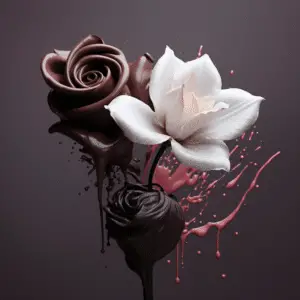
Bottom Line
Chocolate Bloom vs Mold: While it might not be the prettiest to look at, the chocolate bloom is harmless and common. Most of the time, this white film isn’t even noticeable to those eating the chocolate, making it. Something that those who consume such products rarely worry about.
